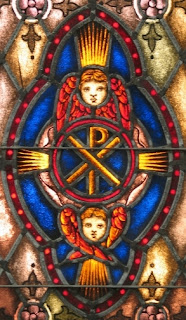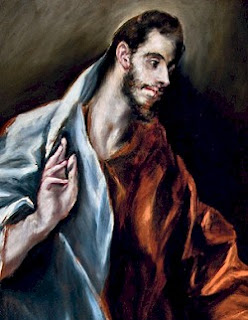If You Love One Another

During the Last Supper, Jesus gave his Apostles a very specific instruction: “Love one another. Just as I have loved you, you also should love one another” (John 13:34). These words, spoken to his closest companions on the night before he was to offer his life for them, are not just a pious admonition. Instead, they are an indication that Jesus’ sacrifice was itself an act of love (cf. Jn 13:1 ), and an example of the way they should love one another: “In this way, all will know that you are my disciples, if you have love for one another" (Jn. 13:35). Crucifixion by Rembrandt Reflecting on this love, Father Romano Guardini wrote: Love proceeded from Him everywhere. We encounter love all about Him. But we want to seek it out in the flaming, radiant center. Love is what He showed toward the delicate blossoming of His Father’s creation, when He speaks of the lilies of the field, and how God has clothed them more magnificently than Solom...
+in+the+Benaki+Museum,+Athens.jpg)




.jpg)
